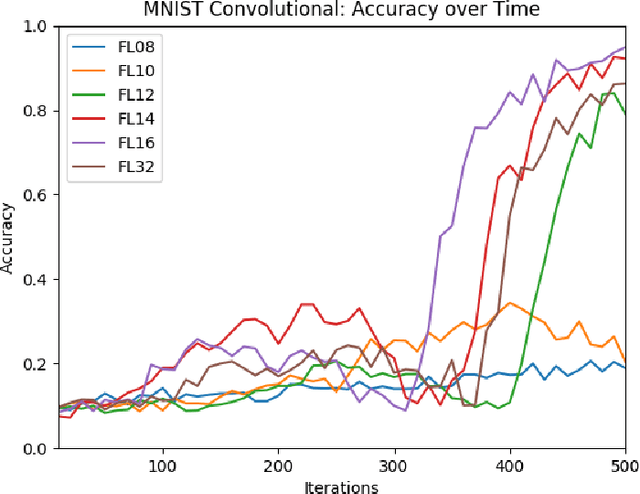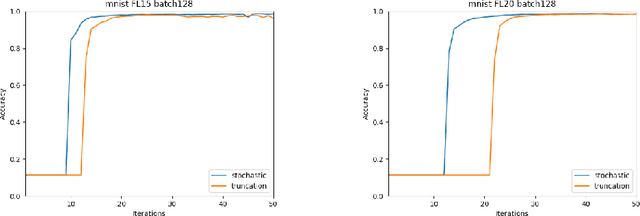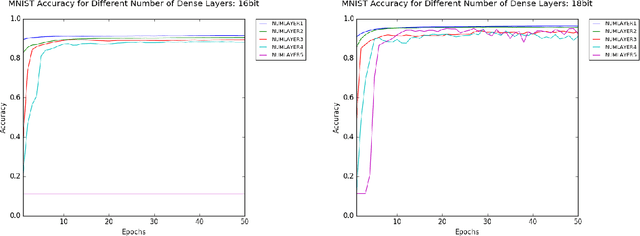Catalina Vajiac
Preventing Eviction-Caused Homelessness through ML-Informed Distribution of Rental Assistance
Mar 19, 2024



Abstract:Rental assistance programs provide individuals with financial assistance to prevent housing instabilities caused by evictions and avert homelessness. Since these programs operate under resource constraints, they must decide who to prioritize. Typically, funding is distributed by a reactive or first-come-first serve allocation process that does not systematically consider risk of future homelessness. We partnered with Allegheny County, PA to explore a proactive allocation approach that prioritizes individuals facing eviction based on their risk of future homelessness. Our ML system that uses state and county administrative data to accurately identify individuals in need of support outperforms simpler prioritization approaches by at least 20% while being fair and equitable across race and gender. Furthermore, our approach would identify 28% of individuals who are overlooked by the current process and end up homeless. Beyond improvements to the rental assistance program in Allegheny County, this study can inform the development of evidence-based decision support tools in similar contexts, including lessons about data needs, model design, evaluation, and field validation.
Exploration of Numerical Precision in Deep Neural Networks
May 03, 2018



Abstract:Reduced numerical precision is a common technique to reduce computational cost in many Deep Neural Networks (DNNs). While it has been observed that DNNs are resilient to small errors and noise, no general result exists that is capable of predicting a given DNN system architecture's sensitivity to reduced precision. In this project, we emulate arbitrary bit-width using a specified floating-point representation with a truncation method, which is applied to the neural network after each batch. We explore the impact of several model parameters on the network's training accuracy and show results on the MNIST dataset. We then present a preliminary theoretical investigation of the error scaling in both forward and backward propagations. We end with a discussion of the implications of these results as well as the potential for generalization to other network architectures.
 Add to Chrome
Add to Chrome Add to Firefox
Add to Firefox Add to Edge
Add to Edge